Exploring Easter: 10 Facts Beyond the Chocolate Eggs
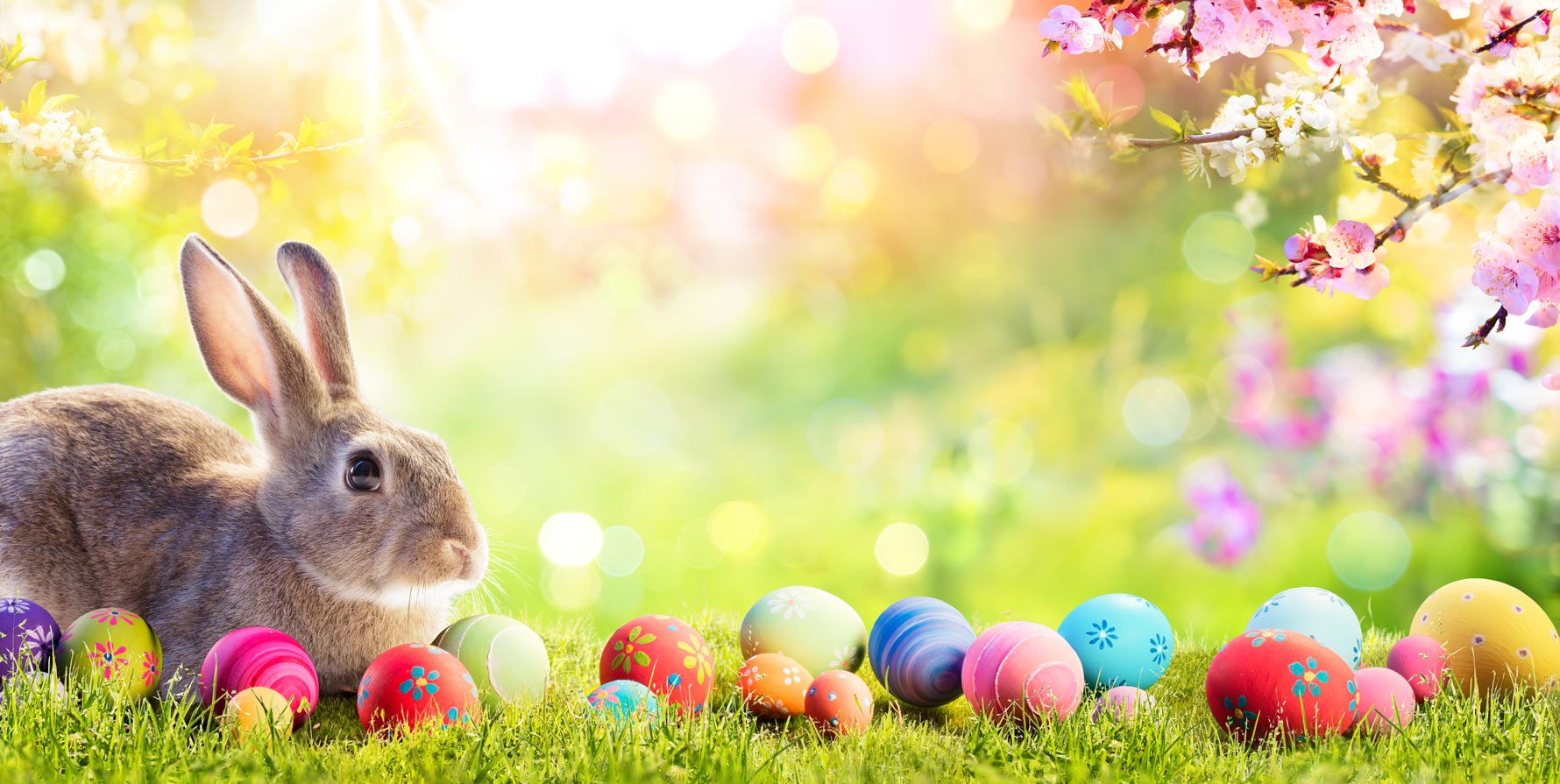
Easter brings a whirl of color and joy, doesn’t it?
Ever pondered why an egg-bearing bunny becomes the season’s star, delivering treats to children under the cover of night? Or where the tradition of egg decoration, letting both young and old unleash their inner artist, originally came from?

And perhaps most intriguingly, how did the profound celebration of Christ’s resurrection intertwine with the whimsical tale of the Easter Bunny
Easter, rooted deeply in Christian tradition, blossoms today as a vibrant fusion of narratives, rituals, and customs drawn from a multitude of cultures and belief systems, some even tracing back to times before Christianity’s rise.
Yes, many Easter customs we cherish today carry the legacy of ancient celebrations.
Despite the modern-day commercial whirlwind of Easter — think oceans of plastic grass and a deluge of sugary Peeps — the core symbols and practices retain their profound meanings, celebrating life’s renewal and the awe-inspiring power of rebirth.
As someone deeply immersed in the realms of spirituality and energy healing, I find the rich tapestry of Easter’s cultural and historical layers utterly captivating. I invite you to join me as we delve into ten surprising truths about Easter, hoping to illuminate the deeper connections and meanings behind our beloved springtime rituals.
- Easter’s Ancient Fertility Roots
“Easter” springs from Eastre, a spring and fertility goddess worshiped by ancient Anglo-Saxons. With the vernal equinox celebrating day and night in equal measure, these early festivities honored the renewal and promise of fruitfulness that spring embodies.
This intertwining of rebirth and regeneration pre-dates Christian traditions, laying the groundwork for Easter’s association with new beginnings.
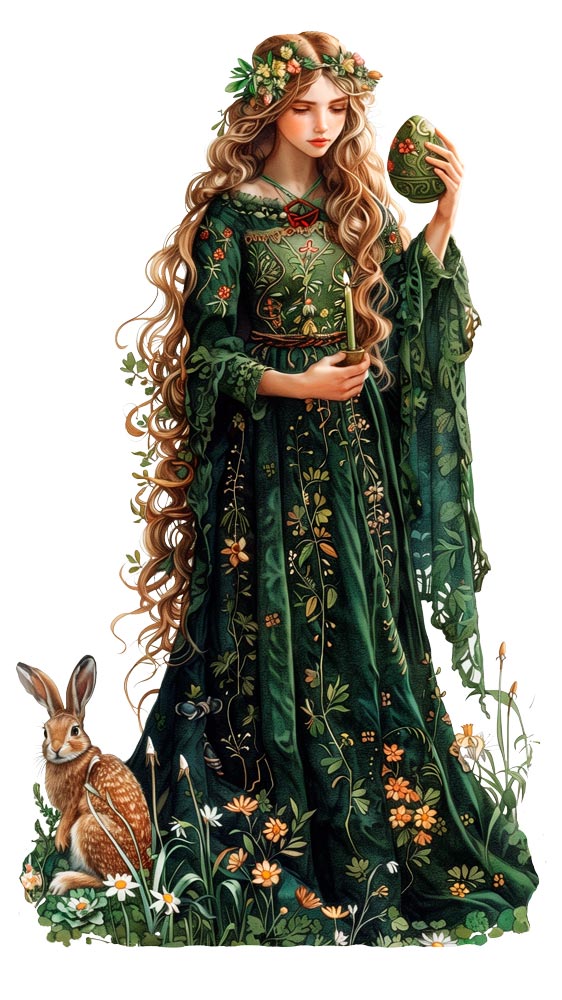
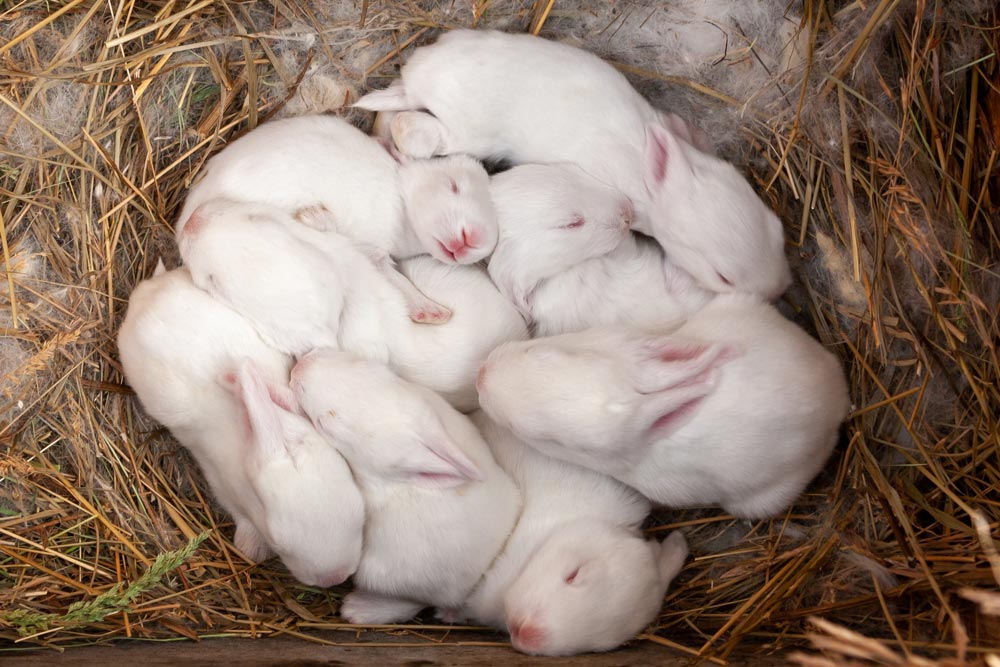
- The Easter Bunny’s German Heritage
Surprisingly, the Easter bunny hops all the way from German folklore into our Easter traditions. Initially a symbol of prolific fertility due to their rapid reproduction, rabbits, or hares, became entwined with Easter celebrations.
Merging pagan symbols with Christian traditions, the Easter bunny evolved from a deliverer of eggs to a bearer of sweets, a transformation credited to German immigrants’ tales of “Oschter Haws.”
- The Emblematic Easter Egg
Eggs, universally symbolizing new life and rebirth, resonate deeply with Easter’s theme of resurrection.
This tradition of decorating eggs, which spans cultures and centuries, embodies the spirit of renewal. From the red eggs of Orthodox Christianity symbolizing Christ’s blood to the intricately adorned eggs of Poland and Ukraine, these practices highlight the egg’s role as a vessel of life and hope.
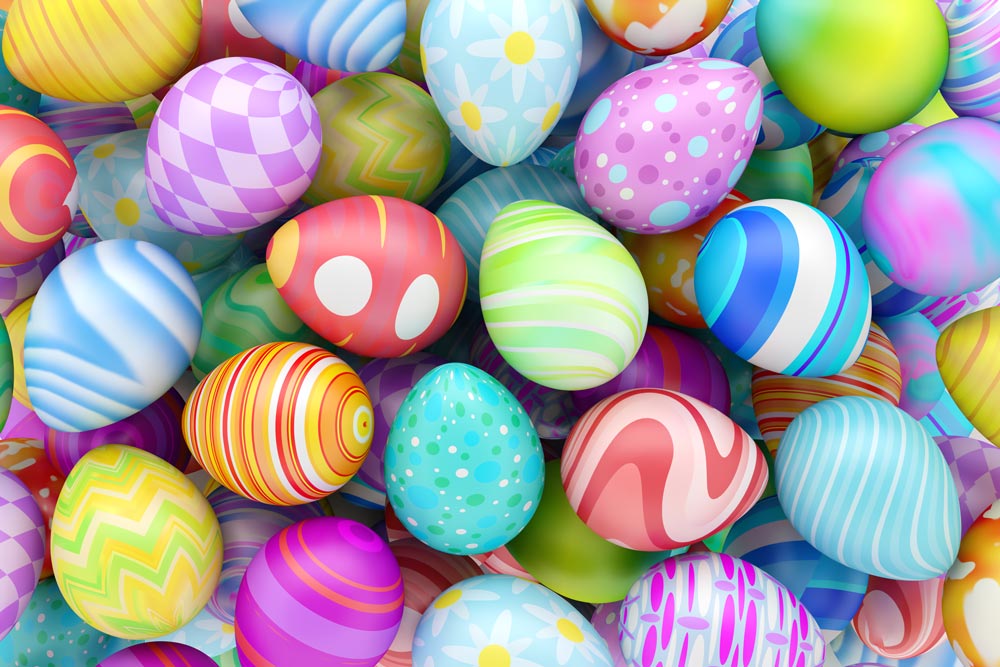

- The Tradition of Hard Boiling Eggs
The custom of hard boiling eggs during Easter has medieval roots, born from the necessity to preserve eggs laid during the Lenten season when their consumption was forbidden.
With Lent’s conclusion at Easter, these preserved eggs became integral to Easter meals and celebrations, laying the foundation for modern-day Easter egg hunts and rolls.
- The Cross: A Symbol of Sacrifice and Victory
The cross, central to Easter’s narrative, symbolizes not just the crucifixion of Jesus but also his victory over death.
This powerful emblem reminds us of the transformative power of sacrifice and the triumph of life over death, encouraging us to find strength in our struggles and hope in our hardships.
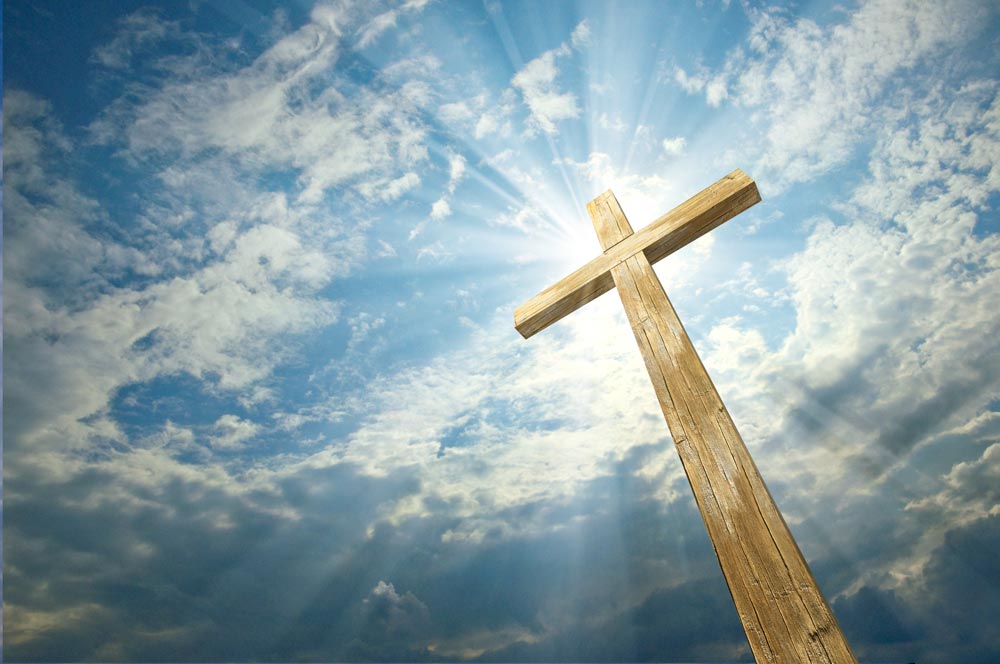
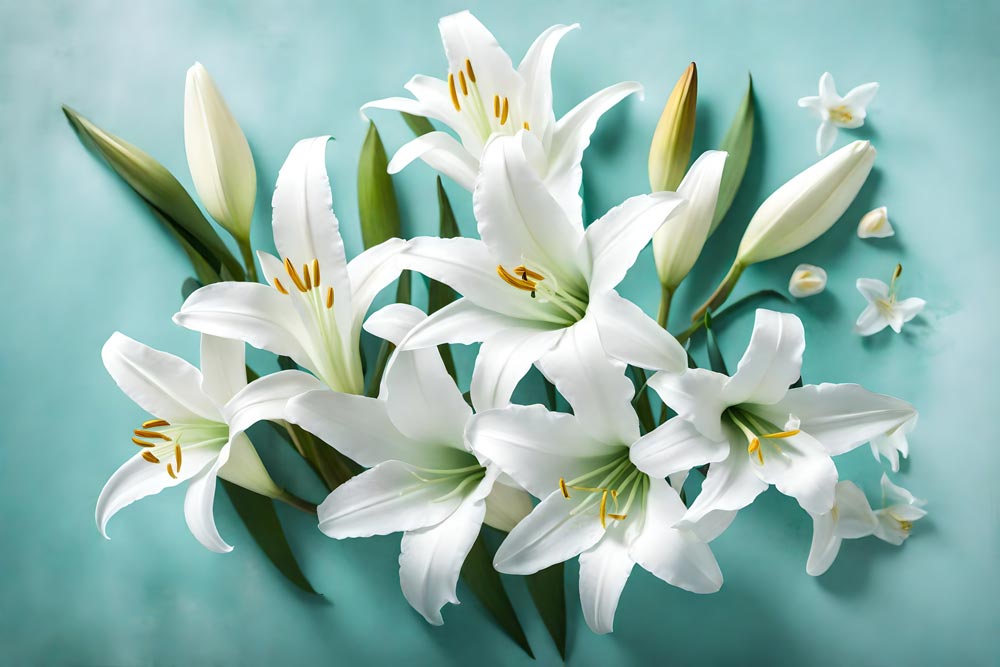
- Easter Lilies: Purity and Resurrection
The Easter lily, with its radiant white blooms, represents purity, hope, and the resurrection.
Traditionally used to adorn churches during Easter services, these flowers embody the renewal of life and the purity of Jesus Christ’s sacrifice, offering a fragrant reminder of the season’s deeper spiritual significance.
- The Paschal Candle: Light of Christ
Lit during Easter Vigil services, the Paschal candle symbolizes Jesus Christ as the light of the world.
This candle, marked with the symbols of Christ’s wounds, is used throughout the Easter season and during baptisms and funerals, serving as a beacon of hope and a reminder of Christ’s enduring presence.


- Easter Breads: Sharing in the Bread of Life
Across cultures, Easter is celebrated with special breads, such as Hot Cross Buns in England or Paska in Eastern Europe.
These breads, often adorned with symbols of Easter and the resurrection, embody the sharing of the “Bread of Life” with the community, fostering unity and reminding us of life’s cyclical nature and the nourishment of the soul.
- The Washing of Feet: Humility and Service
Commemorated on Maundy Thursday, the washing of the feet is a re-enactment of Jesus washing his disciples’ feet.
This act, symbolizing humility and the call to serve others, challenges us to embody these virtues in our lives, encouraging acts of kindness and service as expressions of love and respect for humanity.

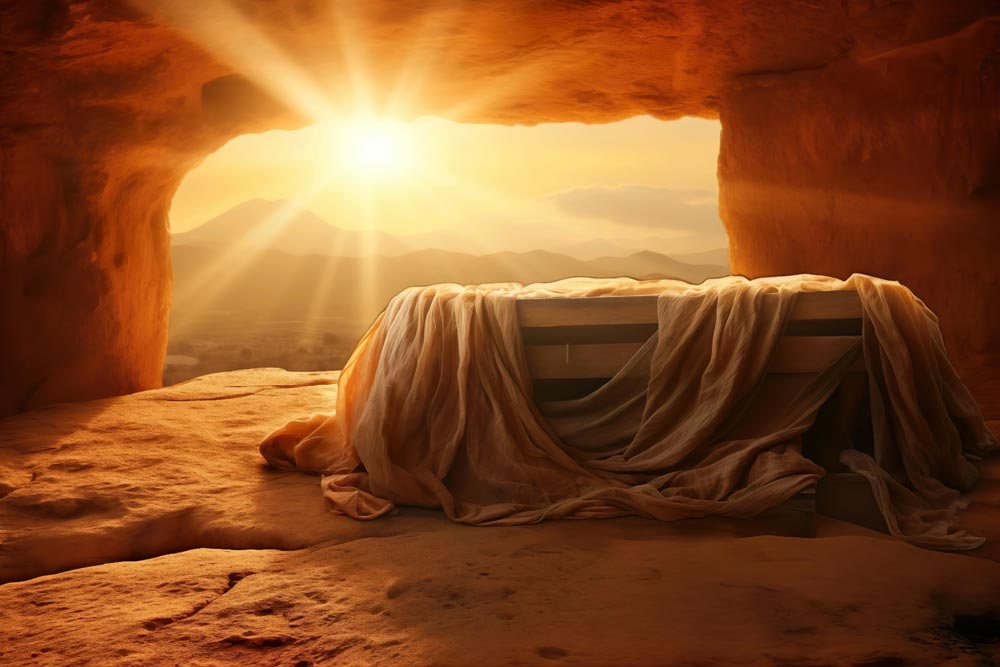
- Easter as a Spiritual Awakening
Easter, with its rich tapestry of traditions, invites us to delve into its historical depths and spiritual essence. As we navigate these customs, we uncover layers of meaning that not only enrich our celebrations but also inspire us to reflect, renew, and reconnect with the profound messages of rebirth and redemption at Easter’s heart.
Easter’s message of renewal and rebirth extends beyond physical realms into the spiritual. And it extends beyond any single religion. It’s a prime time for self-reflection, meditation, and chakra cleansing.
Embrace this season as an opportunity for spiritual reawakening, leveraging the inherent energy of rebirth to realign and rejuvenate your inner self.
A great place to start is our bestselling introductory certification course into LifeForce Energy Healing (Level I), which you can access right here >>
Or even take an approach which offers a little more hand-holding and guidance through your healing journey by booking a private session with one of our expert LifeForce Energy Healing practitioners. You can find them here.


